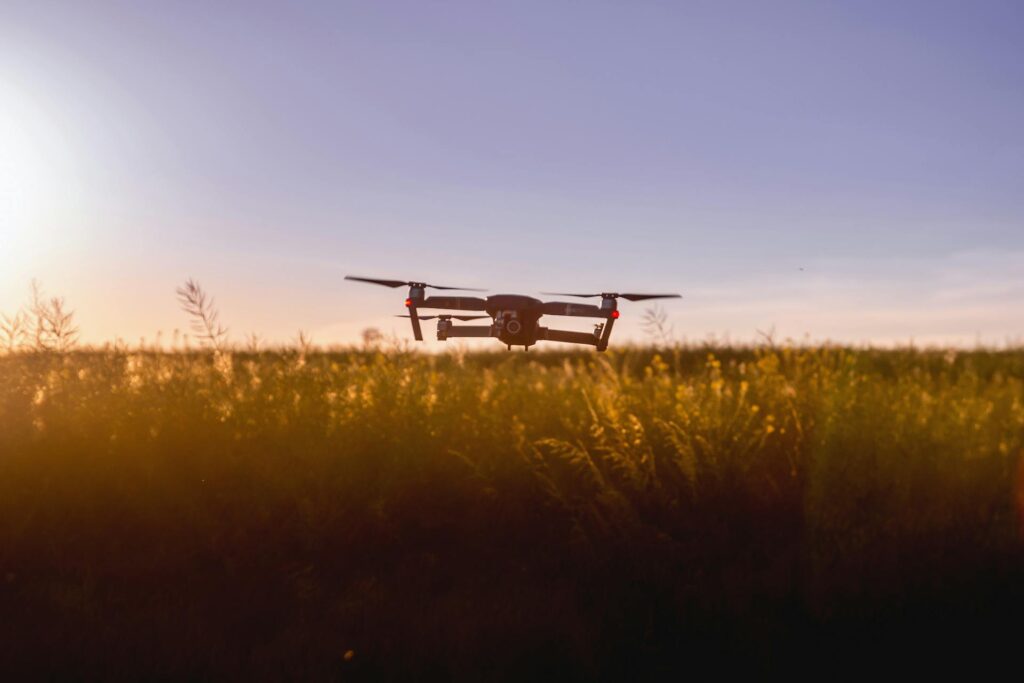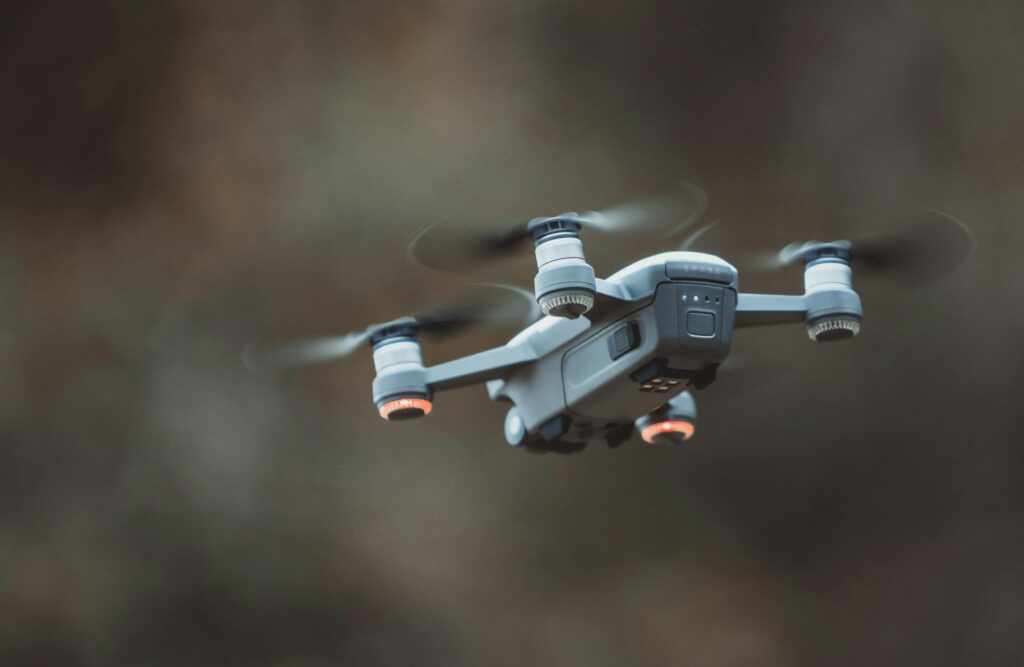Introduction
Definition of Long-Range Drones
Long-range drones, also known as Unmanned Aerial Vehicles (UAVs), are aerial devices capable of traveling extensive distances while being remotely controlled or autonomously navigating. These drones have revolutionized various industries due to their ability to cover large areas without the need for a human pilot onboard.

Importance and Impact of Long-Range Drones
The importance of long-range drones lies in their versatility and capability to perform tasks that were previously challenging or impossible. From military applications to commercial uses, these drones have reshaped how industries operate, offering unprecedented efficiency, safety, and access to remote areas.
Evolution of Drone Technology
Drone technology has evolved significantly over the past few decades. Initially developed for military use, drones have seen advancements in battery life, navigation systems, and payload capacities. Today, they are integral tools in various fields, demonstrating rapid technological growth and adaptation.
Technical Specifications
Range and Endurance
Long-range drones can travel hundreds of kilometers on a single mission. Their endurance, which refers to the time they can stay airborne, ranges from a few hours to over a day, depending on the model and specifications.
Payload Capacity
These drones are designed to carry various payloads, from cameras and sensors to delivery packages. Payload capacity is a critical factor that determines the drone’s application in different industries.
Communication Systems
Communication systems in long-range drones include radio links, satellite communication, and cellular networks. These systems ensure continuous and reliable control and data transmission over vast distances.
Navigation and Control Systems
Advanced GPS, inertial navigation systems, and onboard computers facilitate precise navigation and control. Autonomous flight capabilities are often integrated, allowing drones to follow pre-set routes and adapt to changing conditions.
Battery Life and Power Systems
Battery technology plays a crucial role in the operational efficiency of long-range drones. Lithium-ion and fuel cells are commonly used, with ongoing research focused on improving energy density and reducing weight.
Materials and Construction
Lightweight and durable materials, such as carbon fiber and composite plastics, are used in constructing long-range drones. These materials enhance flight efficiency and durability, enabling drones to withstand harsh environmental conditions.
Applications
Military and Defense
Long-range drones are extensively used in military operations for surveillance, reconnaissance, and targeted strikes. Their ability to operate in hostile environments without risking human lives makes them invaluable assets.
Surveillance and Security
In the realm of security, long-range drones are employed for border patrol, monitoring large public events, and infrastructure surveillance. They provide real-time data and high-resolution imagery, enhancing situational awareness.
Environmental Monitoring
These drones play a pivotal role in monitoring environmental changes, such as deforestation, wildlife tracking, and pollution levels. Their ability to cover vast areas quickly makes them ideal for collecting ecological data.
Agricultural Uses
In agriculture, long-range drones are used for crop monitoring, irrigation management, and pest control. They help farmers increase yield and reduce costs by providing detailed aerial imagery and data analytics.
Delivery Services
Companies like Amazon and UPS are exploring the use of long-range drones for delivering packages to remote and urban areas. This application aims to revolutionize the logistics industry by reducing delivery times and costs.
Search and Rescue Operations
Long-range drones are critical in search and rescue missions, especially in inaccessible or hazardous areas. They can quickly locate missing persons, assess disaster zones, and deliver essential supplies.
Mapping and Surveying
These drones are utilized in mapping and surveying for urban planning, construction, and geological studies. They provide accurate and detailed topographical data, which is essential for various projects.
Recreational Use
Long-range drones have also found a place in recreational activities, including aerial photography, racing, and hobbyist flying. Their advanced features and capabilities offer enthusiasts an enhanced flying experience.
Benefits
Enhanced Efficiency
Long-range drones enhance operational efficiency by covering large areas in less time compared to traditional methods. This efficiency is beneficial in industries like agriculture, environmental monitoring, and logistics.
Cost-Effectiveness
By reducing the need for manned flights and ground transportation, long-range drones lower operational costs. They offer a more affordable alternative for surveillance, delivery, and data collection tasks.
Accessibility to Remote Areas
Drones can access remote and hard-to-reach areas, making them ideal for operations in rugged terrains, disaster zones, and isolated communities. This accessibility is crucial for timely interventions and assessments.
Safety Improvements
The use of drones minimizes the risk to human life, especially in dangerous missions such as military operations, disaster response, and hazardous material inspections. Drones can operate in environments that are unsafe for humans.
Data Collection and Analysis
Long-range drones are equipped with advanced sensors and cameras, enabling the collection of high-quality data. This data can be analyzed to provide insights for decision-making in various fields, from agriculture to environmental conservation.
Challenges and Limitations
Regulatory Issues
The operation of long-range drones is subject to stringent regulations and airspace restrictions. Navigating the legal landscape requires compliance with national and international aviation laws, which can be complex and time-consuming.
Privacy Concerns
Drones equipped with high-resolution cameras and sensors raise privacy concerns. The potential for unauthorized surveillance and data collection necessitates robust privacy protection measures and policies.
Technical Limitations
Despite technological advancements, long-range drones face technical limitations such as battery life constraints, signal interference, and weather-related challenges. Continuous innovation is required to overcome these barriers.
Environmental Impact
The production and operation of drones can have environmental impacts, including electronic waste and energy consumption. Sustainable practices and recycling initiatives are essential to mitigate these effects.
Security Risks
Drones are susceptible to hacking and cyber-attacks, which can compromise their operations and data integrity. Ensuring robust cybersecurity measures is critical to protect against such threats.
Latest Innovations
AI Integration
Artificial Intelligence (AI) is being integrated into drones to enhance their autonomous capabilities. AI enables advanced object detection, route optimization, and adaptive learning, making drones smarter and more efficient.
Advanced Navigation Systems
Innovations in navigation systems, such as real-time kinematic (RTK) positioning and LiDAR, provide precise and reliable navigation even in challenging environments. These systems enhance the accuracy and reliability of drone operations.
Improved Battery Technologies
Research in battery technologies focuses on increasing energy density and reducing charging times. Solid-state batteries and hydrogen fuel cells are promising developments that could extend the flight duration of long-range drones.
Swarm Technology
Swarm technology allows multiple drones to operate in coordination, sharing information and working together to complete tasks. This technology has applications in search and rescue, agriculture, and military operations.
Enhanced Communication Networks
Developments in 5G and satellite communication improve the connectivity and data transfer capabilities of long-range drones. These advancements ensure stable and high-speed communication over long distances.

Future Prospects
Autonomous Drones
The future of long-range drones lies in full autonomy, where drones can perform complex missions without human intervention. Advances in AI and machine learning will drive this evolution, enabling smarter and more efficient drones.
Increased Range and Payloads
Ongoing research aims to extend the range and payload capacities of drones. Future models will be capable of longer flights and carrying heavier loads, broadening their application scope.
Urban Air Mobility
Long-range drones are set to play a key role in urban air mobility (UAM) systems, providing on-demand aerial transportation in cities. This development could revolutionize urban transport and reduce traffic congestion.
Integration with Other Technologies
Drones will increasingly integrate with other technologies, such as IoT (Internet of Things) and blockchain, to enhance their functionality and security. These integrations will enable new use cases and improve operational efficiency.
Market Growth and Economic Impact
The market for long-range drones is expected to grow significantly, driven by technological advancements and expanding applications. This growth will have substantial economic impacts, creating new opportunities and industries.
Comparative Analysis
Long-Range Drones vs. Short-Range Drones
Long-range drones differ from short-range drones primarily in their operational range and endurance. While short-range drones are suited for localized tasks, long-range drones are ideal for extensive missions requiring greater coverage.
Manned vs. Unmanned Aerial Vehicles
Manned aerial vehicles (MAVs) require onboard pilots, whereas UAVs operate remotely or autonomously. UAVs offer cost savings, reduced risk to human life, and the ability to perform missions in hazardous environments.
Different Brands and Models
The market features various brands and models of long-range drones, each with unique specifications and capabilities. Popular brands include DJI, Parrot, and Boeing, catering to different industry needs and budgets.
User Guides or Tutorials
Basic Operations
Operating a long-range drone involves pre-flight checks, setting up the control system, and ensuring a safe flight path. Users should familiarize themselves with the drone’s manual and operational guidelines.
Maintenance Tips
Regular maintenance, including battery care, propeller inspection, and firmware updates, ensures the drone’s longevity and performance. Proper storage and handling are also essential to prevent damage.
Safety Protocols
Safety protocols include maintaining a visual line of sight, avoiding restricted airspace, and adhering to altitude limits. Operators should be aware of weather conditions and ensure the drone’s systems are functioning correctly.
Legal Compliance
Compliance with local and international regulations is crucial for operating long-range drones. This includes obtaining necessary permits, adhering to no-fly zones, and following data protection laws.
Advanced Flying Techniques
Advanced flying techniques, such as waypoint navigation, automated flight modes, and manual piloting skills, enhance the effectiveness of drone operations. Training and practice are essential for mastering these techniques.
Conclusion
Summary of Key Points
Long-range drones represent a transformative technology with vast applications across multiple industries. Their advanced capabilities, from long-range flight to autonomous operation, offer significant benefits, including enhanced efficiency, cost savings, and access to remote areas.
Future Implications
The future of long-range drones is promising, with advancements in AI, battery technology, and autonomous systems driving their evolution. These developments will expand their applications and further integrate drones into various sectors.
Call to Action
As long-range drones continue to evolve, staying informed about the latest trends and innovations is crucial. For individuals and businesses alike, embracing this technology can unlock new opportunities and efficiencies.
Leave a Reply